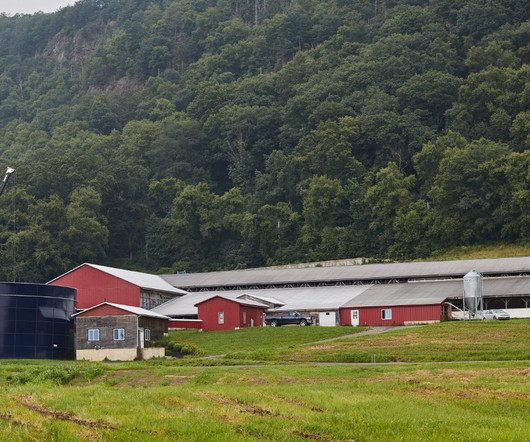Are Next-Gen Synthetic Fibers the Future of Sustainable Textiles?
Modern Farmer
MARCH 1, 2024
Cheap and easy to make, it’s still the fastest-growing group of fibers used to manufacture garments. Fashion contributes around 10 percent of global greenhouse gas emissions, second only to big oil. The polymer can yield various end products depending on the twisting of yarns. What’s the solution? Photo courtesy of Spiber Inc.)











Let's personalize your content